

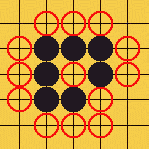



| Liberties |

|

|

|
|||||||||||||||||||||||||||||||||||||||||||||||||||||||||
| Liberty: Any unoccupied point adjacent to a stone or a group of stones is a "liberty" of that stone or group of stones. examples of liberties...the red circles indicate the liberties for each stone or group of stones. Note 2 things.. "inside" liberties are just as important as "outside" liberties. Also.. the diagonal points are NOT considered liberties. |
| Killing |

|
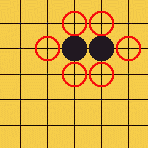
|
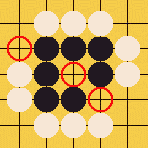
|
|||||||||||||||||||||||||||||||||||||||||||||||||||||||||
| Killing: When all of the liberties of a stone or group of stones is occupied by stones of the other color, then that stone or group of stones is dead and removed from the board. |
| Suicide |
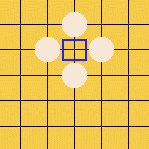
|
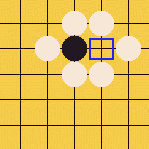
|
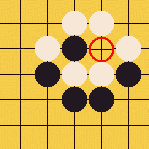
|
|||||||||||||||||||||||||||||||||||||||||||||||||||||||||
| Suicide: A stone can't be placed so that it has no liberties, or such that it causes a group of it's own stones to have no liberties. In the first 2 examples the blue squares mark places where black CANNOT play because of the Suicide rule. But there IS an important exception. In the example at the far right, black CAN occupy the red circled point, because the killing of the two white stones takes priority over the suicide rule. Note that the far right "killing" example is a similar situation. |
| Ko |
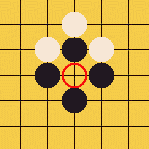
|
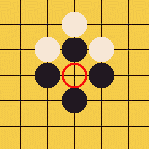
|
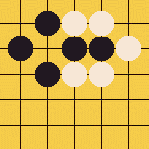
|
|||||||||||||||||||||||||||||||||||||||||||||||||||||||||
| The Ko Rule . Note that in the first example, white and black are capturing and recapturing each other and that this could go on indefinitely. To prevent the game from effectively grinding to a halt in this endless cycle, the player who loses a stone in a ko position must play somewhere else on the board first. ( second example ) After black plays elsewhere, then the ko point (blue square ) can be retaken. Note that the third example, despite a similarity to the other examples, does NOT result in a repeat of the board postion and thus is NOT a ko. As simple as the Ko rule may seem, it is an important source of complexity and subtlety in the game of Go. |



